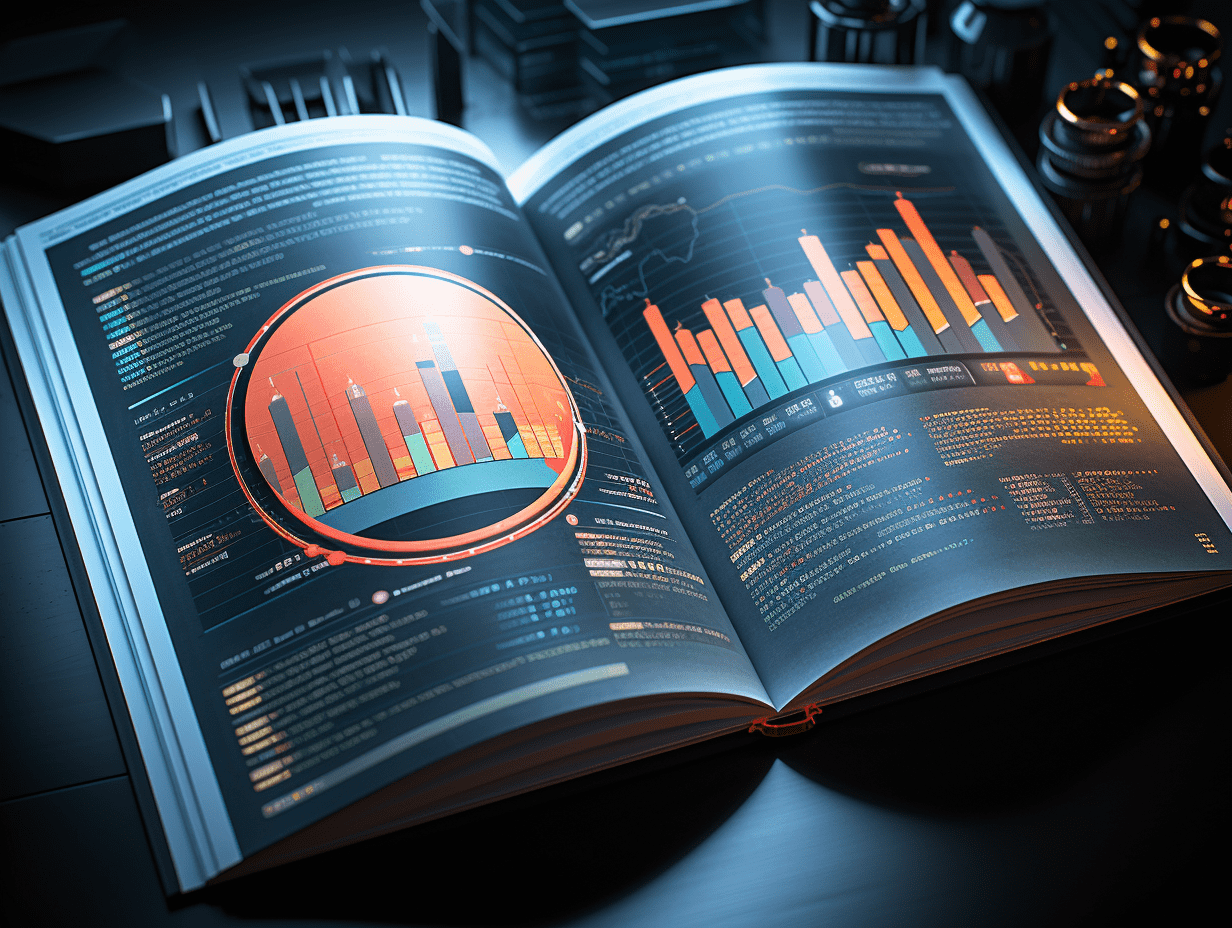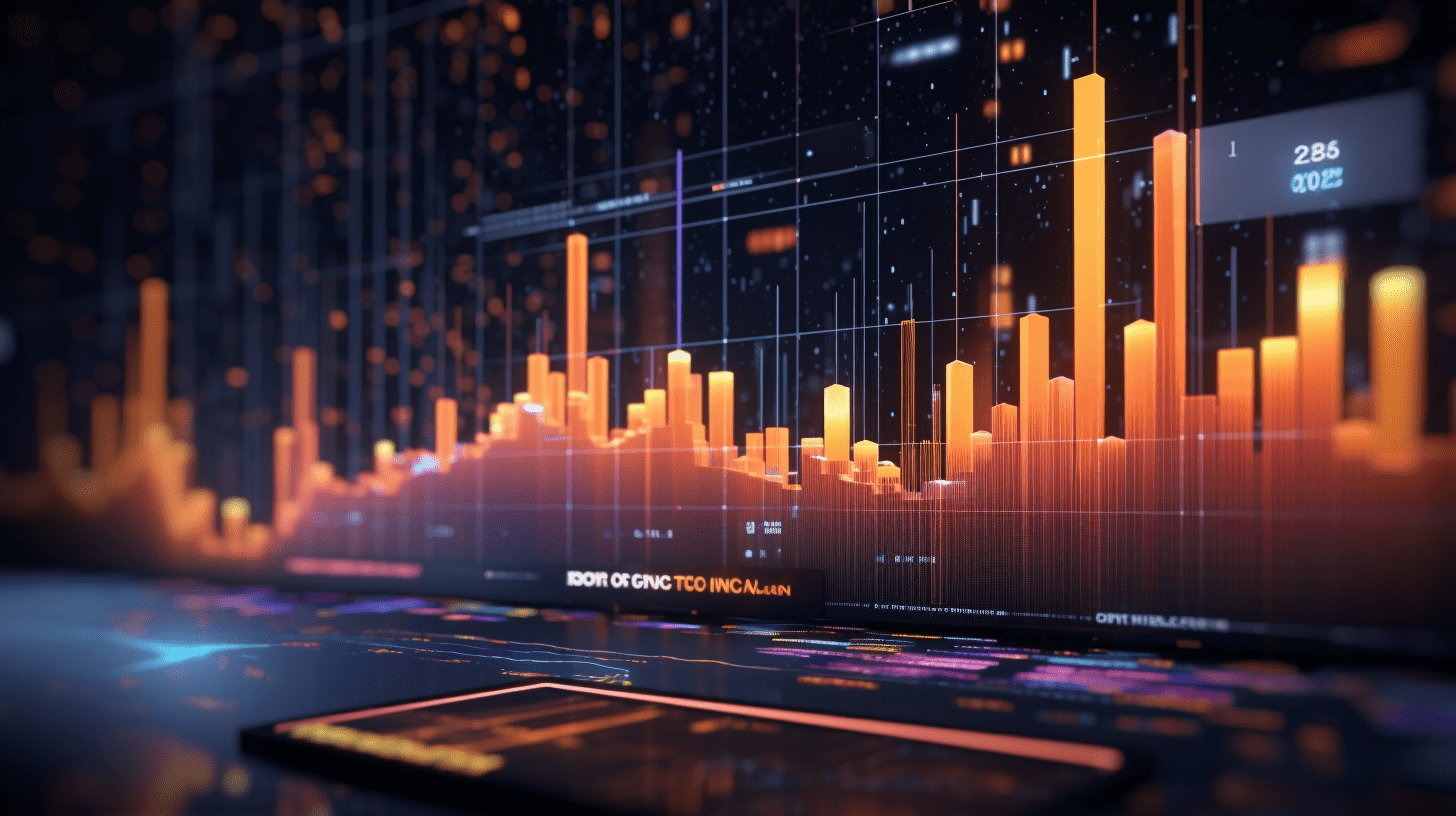
The inflation in the United States has exploded again! In January, the Producer Price Index exceeded expectations across the board, and the market is starting to price in "restarting rate hikes"
The latest US inflation data shows that US PPI inflation exceeded economists' expectations, reaching near the highest point in the past six months, indicating that food and energy prices continue to push US inflation higher. US wholesale prices rose in January, highlighting that the progress of the Fed in fighting inflation has almost stalled before the Trump administration continues to impose tariffs, and current interest rates seem insufficient to push inflation continuously downward. This is why some interest rate futures market traders, following the previous day's showing of explosive CPI inflation and the release of the latest PPI, are predicting that the Fed will not only choose to "not cut interest rates for the whole year," but also may restart rate hikes in the second half of this year.
According to the latest report released by the US Bureau of Labor Statistics on Thursday, the so-called Producer Price Index (PPI) measuring final demand rose by 0.4% in January, and after adjusting December's PPI inflation, it was revised to show a growth of 0.5% month on month, up from the original 0.2% increase. Economists polled by Bloomberg had forecast a 0.3% monthly increase for January, clearly surpassing expectations. Compared to the same period last year, PPI increased by 3.5%, exceeding the market's widely anticipated 3.2% increase.
Excluding the impact of food and energy, the so-called core PPI rose by 0.3% month on month and increased by 3.6% year on year, both significantly higher than economists' expectations. It is worth noting that the monthly increase in the core PPI in December was revised from 0% to 0.4%, and year-on-year increase was revised from 3.5% to 3.7%, highlighting the stickiness of inflation and a strong resurgence of overall inflation trend.
Details of the PPI report show that food prices rose by 1.1%, with egg prices rising sharply by 44% from the previous month, due to the ongoing avian flu outbreak in the US. Energy prices also increased by 1.7%. Commodity prices in the US market have generally risen this year, with the Bloomberg Commodity Index approaching its highest level since May, partially due to increases in metal, corn, and coffee prices.
Following the explosive CPI, the PPI also exploded
Before the unexpected January PPI statistics were released, a report on the Consumer Price Index (CPI) released on Wednesday showed unexpectedly strong inflation in the US, with the core inflation at the beginning of this year reaching its highest level since March 2024. The CPI increased by 0.5% month on month in January, the largest increase since August 2023. Overall CPI in January showed a year-on-year increase of 3%, the largest increase since June 2024, and both the monthly and yearly CPI figures were significantly above economists' expectations.
Notably, a survey of consumers by the University of Michigan last week showed that due to households believing it may be too late to avoid the negative impact of tariff policies, US consumers' "one-year inflation expectations" soared to their highest level in 15 months in early February, jumping from 3.3% in the previous month's survey to 4.3%.
These latest inflation data have significantly lowered economists' and interest rate futures market traders' expectations that the Fed will cut interest rates more than once in 2025. Some economists even believe that due to the impact of tariffs, the Fed may not cut interest rates for the entire year.
Based on the Fed rate cut expectations from the CME "FedWatch Tool", interest rate futures traders are generally betting on a single interest rate cut for the entire year, most likely in September, with pricing in the swap market similar to the expectations shown by CME.
What is more notable is that as Fed Chairman Powell recently stated in Congress that the Fed monetary policy could be adjusted in line with the Trump administration's imposition of tariffs and tax cuts, some traders even begin to believe the viewpoint of the so-called "inflation whistleblower" and former US Treasury Secretary Summers - that the current Fed cycle may not cut interest rates further, but may raise them. The Chief Economist from Apollo Global Management even predicts that the Fed could potentially raise rates as early as June.
Fed Chairman Powell told lawmakers in Congress this week that inflation expectations "seem to be stable", and the Fed has room to be patient in lowering interest rates, with the primary task of the Fed being to lower inflation to 2%. However, Powell also stated that Trump's policy proposals, including tariff measures and domestic tax cuts, have brought a degree of uncertainty to the US economic outlook and inflation expectations.
Fed Chair Jerome Powell stressed in the Senate on Tuesday that the Fed does not need to rush to adjust interest rates, and indicated that while inflation has eased, it still remains above the Fed's target level. He warned that if policy is excessively eased, it could impact the process of bringing down inflation.
Economists and interest rate futures traders closely monitor the PPI inflation data report because several components directly affect the Fed's preferred inflation measure - the core Personal Consumption Expenditures Price Index (PCE).
"Inflation whistleblower" warns after four years: Fed interest rate cut cycle may be over, next step could be rate hikes
Four years ago, former US Treasury Secretary Lawrence Summers criticized US fiscal and monetary policy makers for excessively stimulating the economy, warning of the possibility of the most severe inflation in a generation. Now, he warns that there is a risk of price pressures re-emerging. He urges the Fed to remain vigilant against price pressures and believes that the current cycle may not involve further interest rate cuts, but instead may involve rate hikes. Summers said, "This may be the most sensitive moment for inflation escalation since the serious inflation caused by policy errors in 2021."
In early 2021, Summers warned that President Biden's $1.9 trillion fiscal plan could exacerbate inflation, causing concern among some Democrats. He also criticized the Fed for notPay sufficient attention to price risks. Powell admitted in March 2022, "In hindsight, we should have acted sooner" to raise interest rates.Chief economist Torsten Slok of Apollo Global Management recently stated that, based on historical average levels, the Federal Reserve may start raising interest rates as early as June. This senior economist warned that Trump's tariff increases would fuel the economy and significantly raise inflation.
The economist pointed to a chart showing the historical periods between the last rate cut and the first rate hike. Last year, with signs of declining inflation, the Fed cut rates three times. However, with inflation slowing down and signs that the job market is stabilizing, the Fed kept rates unchanged at the January meeting. Slok predicts that a rate hike may occur in June.
After Powell's latest remarks in the Senate, the "New Fed Communication Agency" commented that Powell summarized the Fed's roadmap for 2025: if inflation continues to decline, rates will remain unchanged; if the economic slowdown worsens, rates will be cut.
Economists from Bank of America expressed confidence in their "high rate" outlook after the CPI release - that the Fed's rate-cutting cycle has ended, and that a rate hike is not impossible. "Although the likelihood of a rate hike is still low, it now seems less unimaginable."
CR Building Materials Technology (01313) issues profit warning, expecting the owners' profit for 2024 to decrease by approximately 62% to 72% year-on-year.
Evening hot topics in A-share market | Latest report from the central bank! Implement a moderately loose monetary policy well Adjust policy intensity and pace at the right time
RECOMMEND
©️2013 - 2025 GMT EIGHT Holdings. All Rights Reserved.
Contact: contact@gmteight.com


